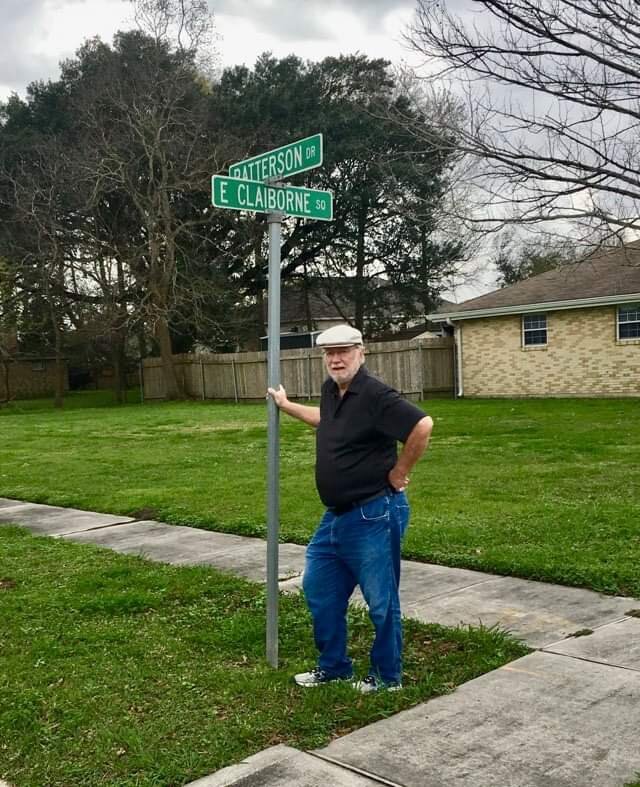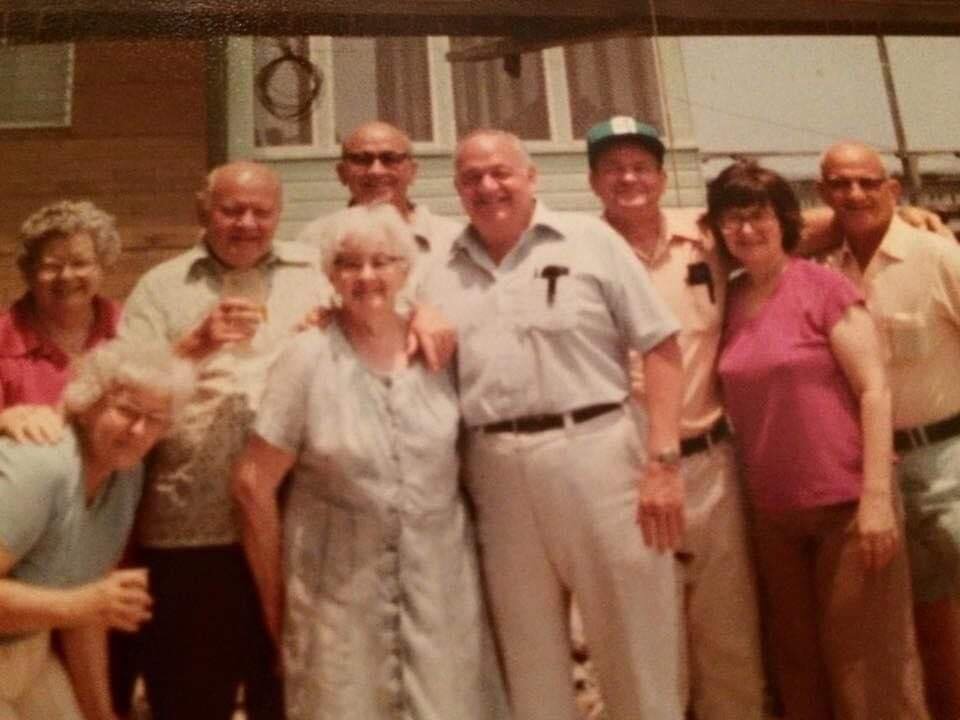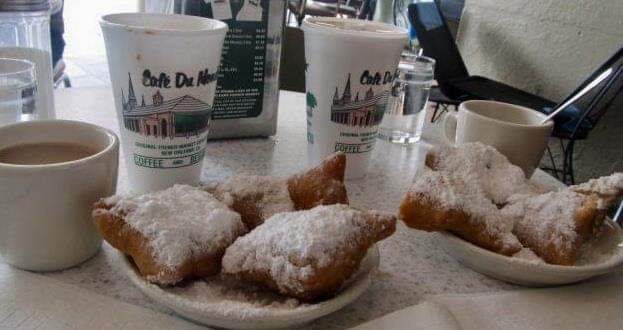ANNOYED BY POP-UPS?
You can avoid this one by signing up ;)
Get Reid's recent blog posts sent to your inbox.
THANKS FOR
HELPING AN
OLD GUY OUT!

Chalmette, as I was told as a kid, was built on reclaimed swampland. It was said, when you dug in your backyard, you might unearth an old refrigerator or a window air conditioner. I never believed it until I saw my father dig up an old a/c and tried to get it to work.*
READ MORE

The house my parents bought on Patterson Drive in Chalmette, Louisiana represented the very lowest rung on the ladder for the fledgling upwardly mobile middle class of the mid 1950s. The salad days for the neighborhood was when crawfish was 30 cents a pound, the big oil refinery in town could go a whole year without a major explosion, and the aluminum plant had built a huge smokestack that now sent its particulate pollution over the river to Algiers rather than letting it continue to rain down over Chalmette.
READ MORE

Each of us has our own way of converting all family memories into fond ones. These are mine.
READ MORE

My family’s roots are submerged in the bayous of Louisiana. If you think Louisiana is the armpit of the country, then the bayous are the pit hairs.
My grandparents raised eight kids on little more than what could be hooked, dragged, dredged, gigged or netted out of Bayou Des Allemands. My grandfather was a barber; my grandmother ran an ice cream parlor. Between my grandfather not charging the Depression-devastated inhabitants for their haircuts and my grandmother frightening the children who came in her shop at the wrong time for ice cream, my grandparents eventually lit out for greener pastures: the reclaimed malarial swamp known as Chalmette, where I grew up.
READ MORE

It’s not overstating it to suggest a visit to New Orleans is a great tune up for an extended trip to Europe. Parts of the city come closest to the look and feel of Europe that no other city in the United States can muster. New Orleans is unique, I think, among American cities in that way. European cities of comparable size all seem to come with a charm, grace, pace and architectural beauty that is at once nostalgically Old World, yet eminently livable by every modern measure. European cities are as much playground as centers of commerce. They clang, ring, chime and clatter. Cafes spill cheerful patrons onto sidewalks and along cobbled squares. They effuse joie de vie, gemütlichkeit and la bella vita. They invite walking, if not pure wandering.